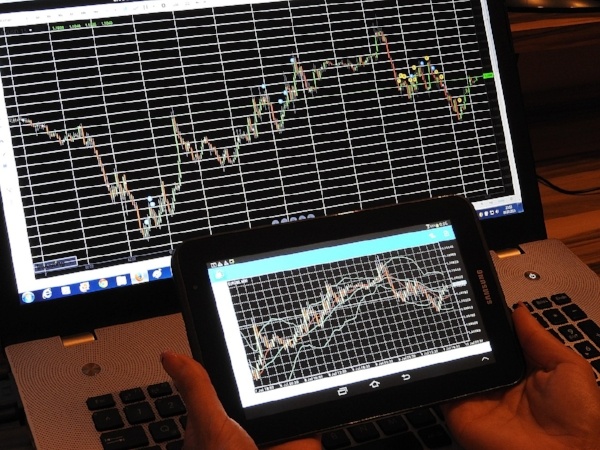How can home and business owners know if their HVAC equipment requires a new filter, additional refrigerant, or a complete replacement? Regular preventative maintenance ensures that an HVAC system runs at maximum efficiency. Technicians can inspect equipment and offer home and business owners suggestions on how to improve efficiency. The integration of analytics, however, has given HVAC contractors a deeper and more expansive understanding of inefficiency patterns that indicate system failure. In fact, maintenance and analytics have changed the HVAC industry for the better.
Preventative Maintenance
In the 1950s the preventative maintenance (PM) model was introduced into the HVAC industry. In fact, it was the only way to ensure an HVAC system was running properly. Sales representatives and service technicians offer PM agreements as a way for buyers to protect their investment and extend the life of their equipment. However, it can be difficult to prove the return on investment (ROI) of such services, so potential customers have to trust a sales person based on his or her word and experience. For that business model to work, contractors must communicate the benefits clearly and owners need to understand these insights. Unfortunately, quality contractors can be virtually indistinguishable from their less-qualified competitors. Service contractors depend on technicians with the most experience. Seasoned technicians learned to recognize and repair potential problems with equipment when others may miss the tell-tale signs.
Analytics Maintenance
A shift in the industry incorporates self-diagnostics into contractor's service offerings through smart thermostats and more. Service providers can then give their keen insights on potential equipment malfunction and round-the-clock system performance updates. The analytics gathered from HVAC systems give contractors actionable information they can use to monitor system use and determine inefficiency patterns. Essentially, companies can consider far more system variables than ever before. PM alone cannot always prevent or detect potential system failure and thus limits the scope of maintenance and performance. Service contractors can now provide increased ROI with a wider scope of diagnostic monitoring.
The New Normal
Not only do analytics improve HVAC service offerings, but they also enable equipment manufacturers to align their product development with the changing customer demands. With building and system performance becoming more and more critical to a company's business model, analytics is set to be the key driver for success.
Ultimately, analytics in the HVAC industry enables home and business owners to determine if their system(s) are running properly at a glance. Further improvements on data acquisition can lead to better predictive technologies in order to minimize system disruption, reduce cost, and extend equipment lifetime.












